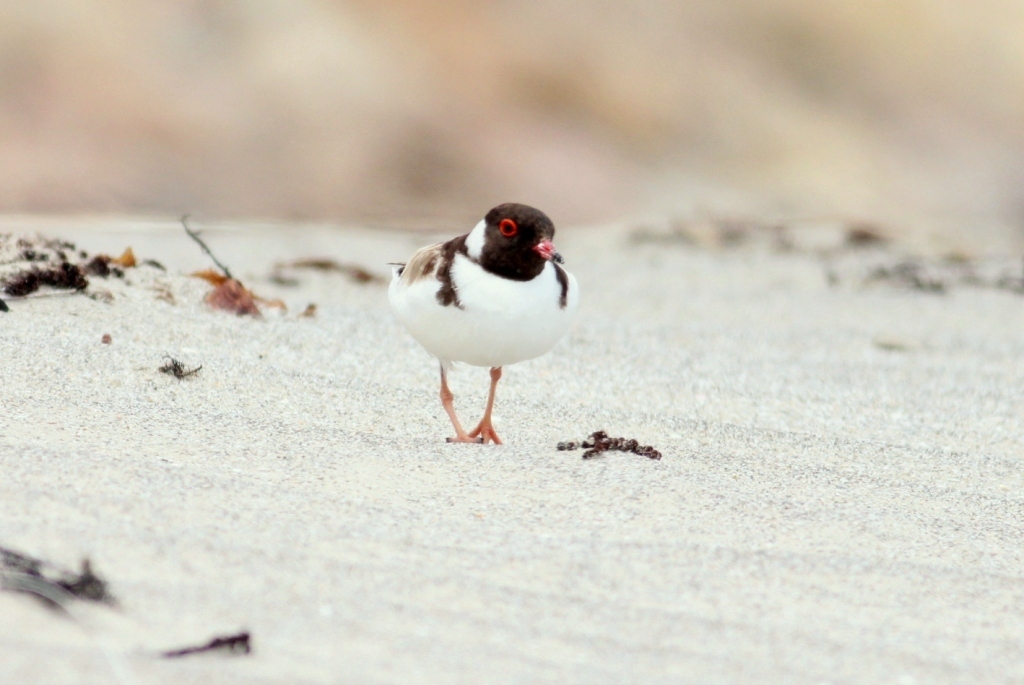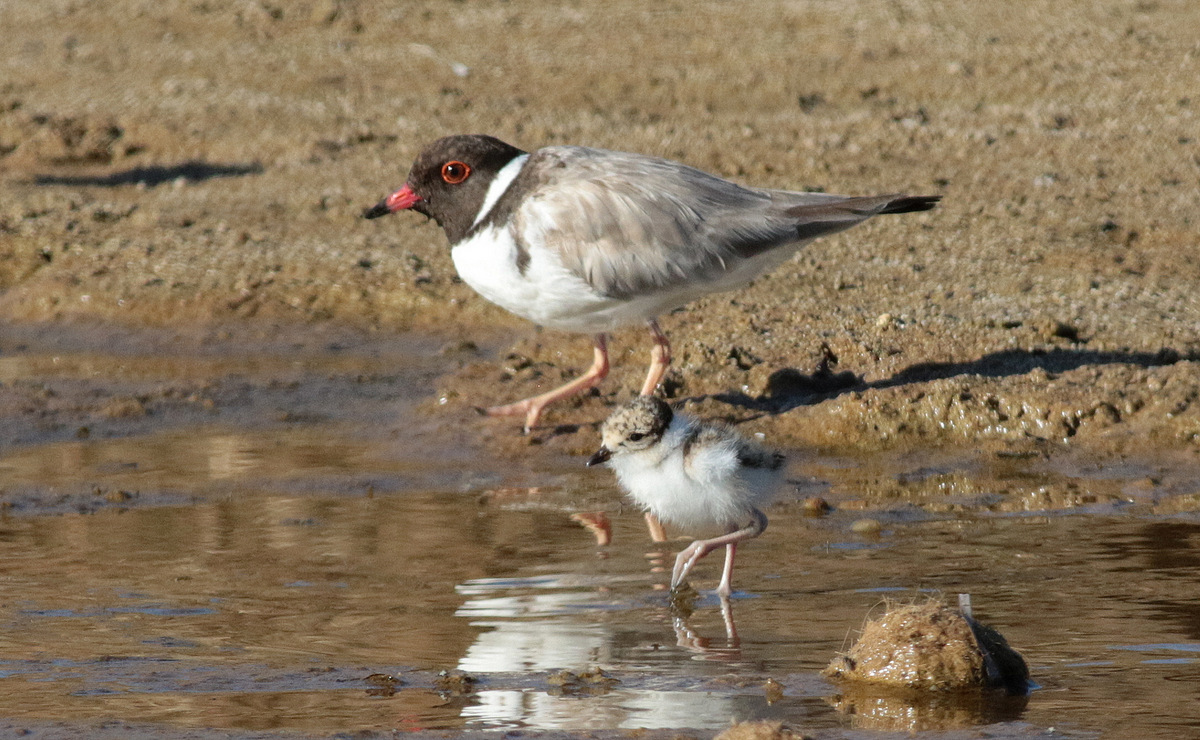For only the second time in more than 10 years, threatened hooded plovers on the Adelaide metro and Fleurieu coasts have successfully raised 18 fledglings.

The last time these hooded plovers succeeded in raising this many fledglings (chicks that survived to flying stage) was 5 years ago, and this has only been beaten once – at 19 fledglings – in the 2015-16 breeding season.
Hooded plovers are Australia’s most threatened beach-nesting bird and it takes 5 weeks for the chicks to be able to fly, at which point their chance of survival is greatly improved but not guaranteed.
This year’s fledglings are equivalent to more than a quarter of the current adult population of hooded plovers living on Adelaide and Fleurieu beaches combined.
Green Adelaide Team Leader Coast and Seas Tony Flaherty said that this is a great result that can be attributed to the many people and organisations involved in protecting our hoodies.
“Over 70 volunteers, and staff from local council, BirdLife Australia and Green Adelaide monitored and managed 32 hooded plover pairs this season, which includes spreading the word to beach-goers about how they can help, like keeping their dogs on-lead near nest sites,” he said.
“This year’s results would not be possible without all of these people and everyone who visits the beach playing a part in helping the hoodies.
“We know that many of the birds born on the Fleurieu Peninsula move to Adelaide to nest, so it’s really important to protect this species across both regions – and that’s what this program does.”
While the season has been successful overall, hooded plovers living on Adelaide beaches are still in need of a helping hand – with majority of the fledglings born on Fleurieu beaches.
Only 2 chicks made it to fledging on an Adelaide beach, despite attempts at a number of sites including Henley Beach, West Beach, Seacliff and Port Willunga.
Further analysis will be done over the coming months to determine the success of breeding in comparison to how many attempts the birds made, as many eggs never even make it to hatching and this number of fledglings is still only in line with the benchmark for maintaining a healthy population.
While the hooded plover breeding season is over, there are still other coastal birds, like red-capped plovers, raising their families on our beaches, as well as migratory shorebirds getting ready to make the long journey home.
Mr Flaherty said that everyone who visits the beach can help protect these birds.
“Walking at the water’s edge, on the wet sand, also helps give them space, as does keeping your distance from birds on the beach.
“Leashing dogs at the beach is still just as important for hoodies in the non-breeding season as they’ll now group together – what’s called flocking – and will likely hang out on our metro beaches.
“Disturbances, like dogs, stop birds – not just hoodies – from finding the food they need or protecting their families,” he said.
The Hooded Plover project is jointly coordinated by Green Adelaide and BirdLife Australia, with support from local councils, and is funded by Green Adelaide and the Hills and Fleurieu Landscape Board, through funding from the Australian Government’s National Landcare Program.

Main image courtesy of Martin Stokes.